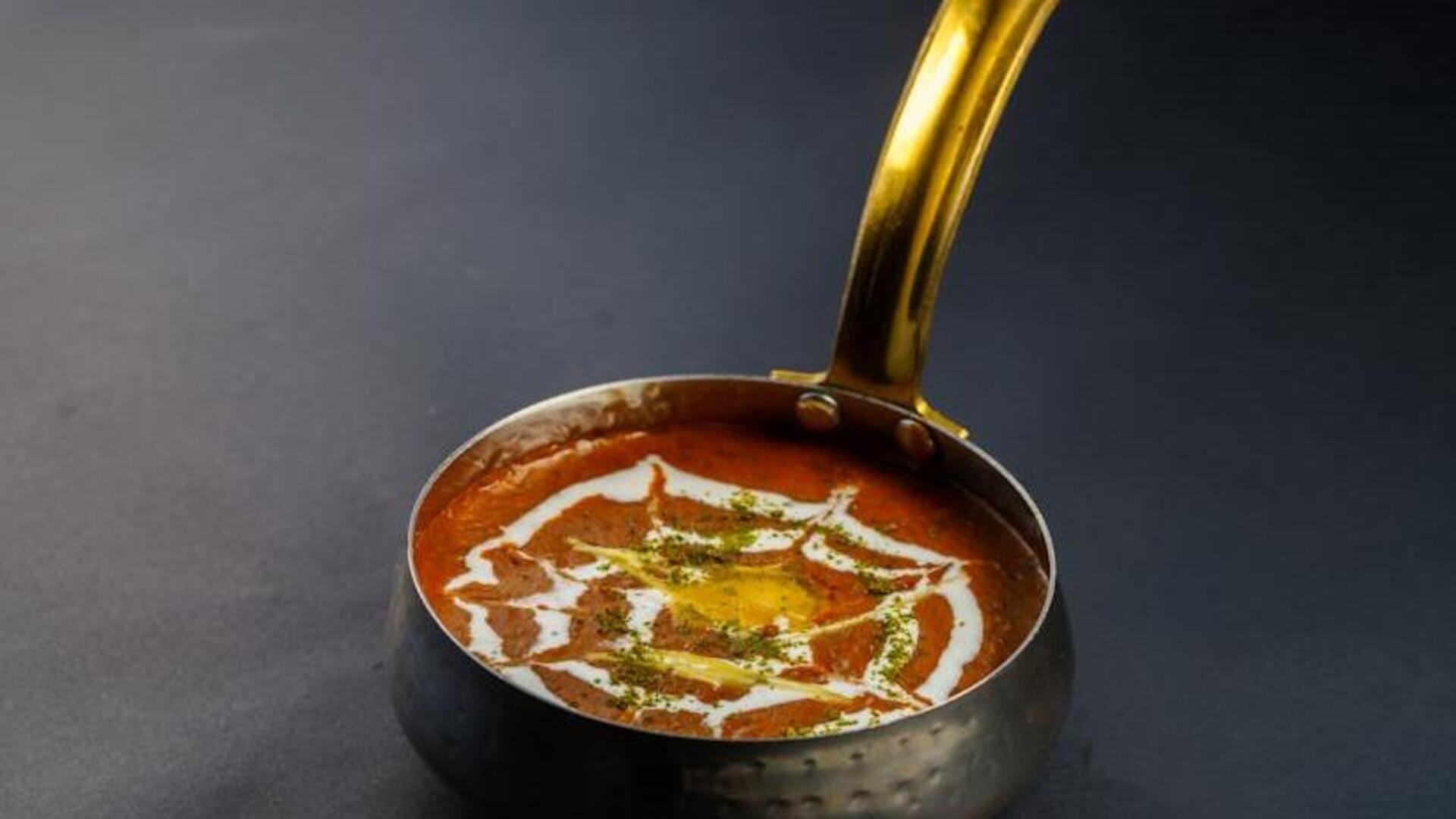
Tracing the rich tapestry of dal makhani's evolution
What's the story
Dal makhani, a beloved North Indian dish, has traveled a long and fascinating road from humble origins to global culinary delight. This article takes readers on a culinary journey, tracing the history and evolution of dal makhani. It highlights how this dish has transcended borders and cultures to become a global comfort food, loved by people of all backgrounds.
Roots
Origins in the Punjab region
Dal makhani has humble origins in the Punjab region of India and Pakistan. It started as "maa ki dal," a rustic, hearty dish made with urad dal (black lentils), a few spices, and no cream. The secret to its deliciousness was slow-cooking the lentils over a low flame for many hours, creating a rich, creamy, and comforting dish.
Evolution
The creamy transformation
Following the 1947 partition, Kundan Lal Gujral of Moti Mahal in Delhi revolutionized dal makhani by introducing tomatoes, butter, and cream. This not only enhanced its texture but also elevated its flavor profile, instantly winning over customers. This culinary innovation proved to be a pivotal moment in the dish's history, solidifying its position as a cherished delicacy.
Expansion
A global delicacy
Dal makhani may have its roots in Punjab, but its rich, creamy deliciousness has conquered taste buds around the world. From London to Dubai and New York to Sydney, Indian restaurants are serving up their own spins on this classic, keeping the heart and soul of dal makhani intact while adding a dash of local flavor.
Adaptation
Healthier versions emerge
The health wave hasn't spared dal makhani either. Chefs and home cooks are getting creative with healthier spins on this classic dish. They're swapping in low-fat cream or even vegan options like coconut milk to keep that rich flavor everyone loves. These tweaks mean even those on strict diets can still enjoy a tasty serving of dal makhani without the guilt.
Innovation
Cooking techniques evolve
The authentic way of slow-cooking dal makhani on a wood fire lent it a distinctive smoky flavor that modern stoves struggle to recreate. However, modern adaptations like smoked spices or chargrilled ingredients offer a creative workaround for infusing similar flavors within our time-crunched routines. This transformation mirrors the evolution of culinary practices - embracing change while honoring tradition.